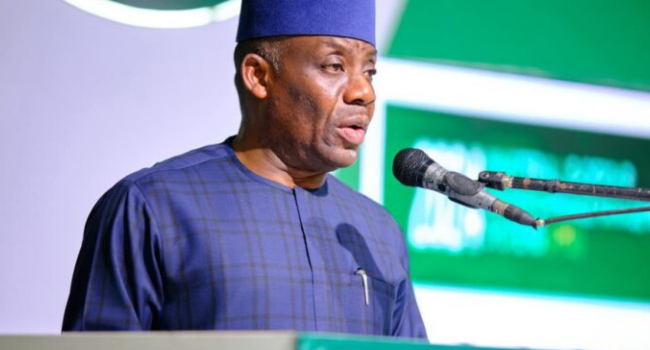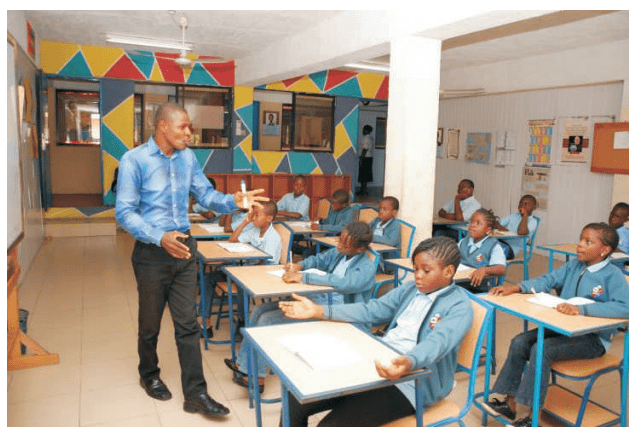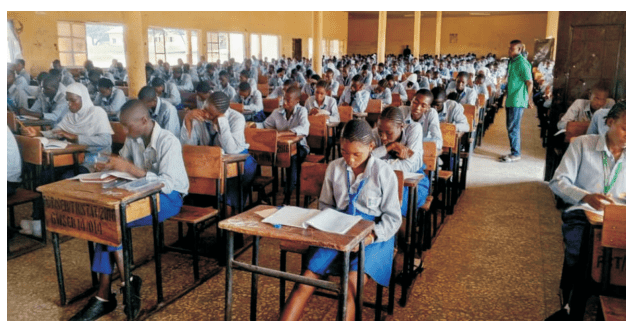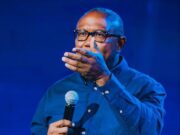Nigeria has unveiled a new national education curriculum, one that promises to prepare students for a digital, entrepreneurial, and highly competitive global future. It includes subjects like artificial intelligence, programming, robotics, and vocational skills. But a critical question lingers: how 21st-century compliant is Nigeria’s new education curriculum?
While many welcome the reform as overdue, educators and experts warn that without proper facilities, training, and funding, the initiative may remain a beautiful plan on paper rather than a life-changing revolution.
Table of Contents

A Bold Leap into the Digital Future
On 31 August 2025, the Federal Ministry of Education announced a revamped structure to replace parts of the old 6-3-3-4 system. Junior Secondary School students will now study digital literacy and basic entrepreneurship, while Senior Secondary students will encounter new fields like AI, programming, and robotics. Even new languages are included to prepare young Nigerians for global citizenship.
Nubi Achebo, Director of Academic Planning at NUTM, called the reform a “step in the right direction.” He praised the integration of digital skills and the effort to balance theory with practice. Similarly, teacher Gift Osikoya sees the curriculum as a way to reduce unemployment by equipping learners with marketable skills in solar technology, fashion design, cosmetology, and ICT repairs.
Entrepreneur and educator Jessica Osuere believes the move is long overdue. “Digital literacy is no longer optional,” she says. But she also stresses that vocational training—such as livestock farming or GSM repairs—is equally important in an economy with high youth unemployment.
The vision is clear: to raise a generation of Nigerians who are not just exam-ready, but world-ready.
Dream vs. Reality: Implementation Challenges
The challenge, however, lies in execution. On paper, the curriculum ticks many boxes. In practice, several gaps risk undermining it.
Osuere argues that while the new curriculum includes STEM content, the depth is limited, and soft skills like teamwork, creativity, and problem-solving are not strongly embedded. “Entrepreneurship is treated as a subject, not a culture,” she warns.
The rollout process also raised concerns. Some proprietors complained that the curriculum was announced when schools were on holiday, leaving them with no time to prepare parents, teachers, or facilities.
Infrastructure is another hurdle. Many schools, especially in rural areas, lack reliable electricity, internet, or even basic ICT labs. “If it won’t just end on paper, it will depend on teacher training, investment, and infrastructure,” Osikoya notes bluntly.
Friday Erhabor, a media strategist, cautions that global industries evolve quickly. “It is not enough to introduce AI today. The curriculum must be dynamic enough to update as the world changes.”
Educator Isaiah Ogundele echoes this concern. “The present curriculum already struggles due to a lack of infrastructure. Adding AI will only succeed if we plan for personnel, facilities, and post-school employment.”
In short, the ambition is exciting—but the delivery system is weak.

The Structural Gaps Holding Schools Back
Even beyond the new additions, Nigeria’s education system faces long-standing problems that cannot be ignored.
- Teacher capacity: Many teachers were trained under outdated systems. Without retraining, they may lack the skills to teach digital or entrepreneurial subjects effectively.
- Funding shortfalls: Nigeria still allocates only 7–8% of its national budget to education, far below UNESCO’s recommended 15–20%. This makes it difficult to upgrade infrastructure, provide internet connectivity, or buy equipment.
- Exam culture: WAEC and NECO focus heavily on rote memorisation. Unless assessment systems are redesigned to test real skills, schools may keep drilling students for exams rather than preparing them for life.
Last year, the Ministry of Education also mandated that pupils acquire at least two trade subjects—from a list including solar installation, garment-making, ICT repairs, and event decoration. The intent is good, but without proper workshops, equipment, and trainers, students risk learning theory without practice.
These gaps threaten to undermine the very essence of a 21st-century curriculum.
What Must Be Done to Make It Work
For this reform to succeed, ambition must match sustained action. Experts recommend the following:
- Teacher retraining: Teachers need intensive courses in digital instruction, learner-centred methods, and entrepreneurship so they can pass on not just knowledge, but practical know-how.
- Infrastructure investment: From ICT labs to vocational workshops, schools require modern facilities. Public-private partnerships and community support can bridge government funding gaps.
- Pilot programmes first: Testing the curriculum in selected schools before nationwide rollout will help identify strengths and weaknesses.
- Assessment reform: Exam bodies must shift from memorisation tests to competency-based evaluations that reflect creativity, critical thinking, and problem-solving.
- Policy continuity: Education reforms often collapse with a change in administration. An independent oversight body, with input from educators and industry, could safeguard consistency.
- Community engagement: Parents and local leaders must be carried along so the curriculum reflects both national vision and local realities.

Conclusion
Nigeria’s new education curriculum is bold and forward-looking. By including AI, robotics, digital literacy, and vocational trades, it signals a determination to catch up with global trends. But whether it is truly 21st-century compliant depends less on the subjects listed and more on how well the system implements them.
For a country where over 60% of the population is under 25, this is not just about education. It is about Nigeria’s future workforce, its global competitiveness, and its ability to turn its youthful population into a demographic dividend.
The new curriculum is a step in the right direction. But only sustained investment, teacher empowerment, infrastructure upgrades, and continuous reforms will ensure it moves from promise on paper to impact in practice
Join Our Social Media Channels:
WhatsApp: NaijaEyes
Facebook: NaijaEyes
Twitter: NaijaEyes
Instagram: NaijaEyes
TikTok: NaijaEyes
READ THE LATEST EDUCATION NEWS






































